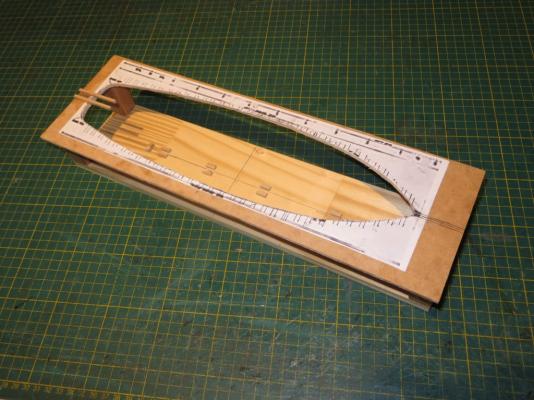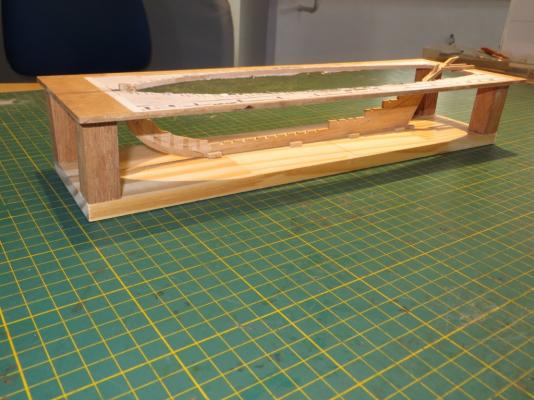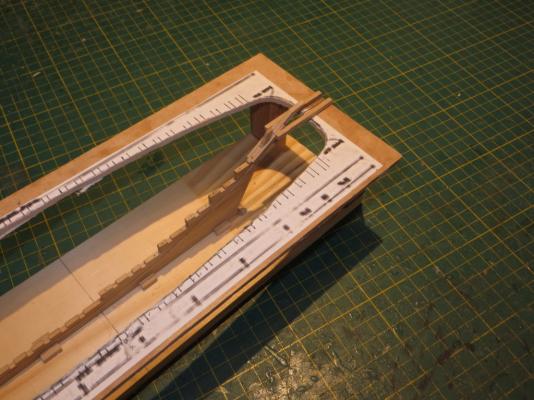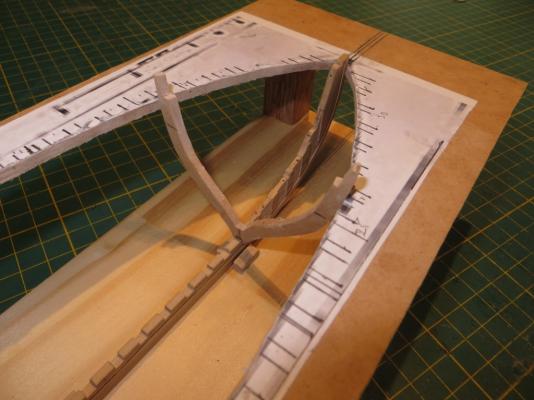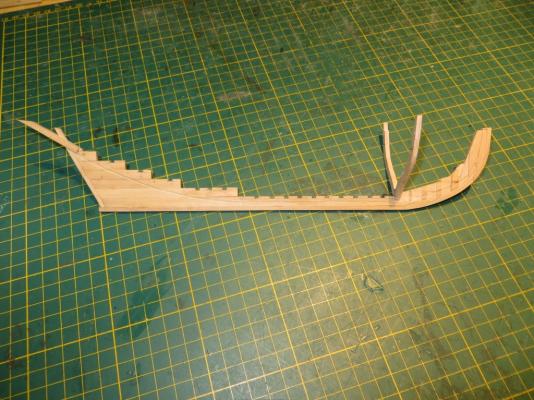-
Posts
9,483 -
Joined
-
Last visited
Content Type
Profiles
Forums
Gallery
Events
Everything posted by Jim Lad
-
Excuse me Popeye, but we'll have no drinking on unlicensed premises! John
- 745 replies
-
- francis pritt
- mission ship
-
(and 1 more)
Tagged with:
-
Hey, Andy; when I was working full time I was always under pressure, so how come I'm not perfect? John
- 382 replies
-
- stadacona
- sylvan scale models
-
(and 1 more)
Tagged with:
-
G'day, Danny! Just found this log. Mate, you've got a heart as big as Western Queensland to take that on. Good on the old bloke for having a try! As has already been said, if he'd only had a bit of help he might have been able to make a go of it, but it looks like you're turning it into a pretty reasonable model anyway. John
-
I think both call for a celebration ,Danny! John
- 745 replies
-
- francis pritt
- mission ship
-
(and 1 more)
Tagged with:
-
Thank you for your support, one and all! John
- 745 replies
-
- francis pritt
- mission ship
-
(and 1 more)
Tagged with:
-
Ollie, Well done with the planking, mate! Just a bit of technical 'stuff'. If your scratch built catheads are the two pieces projecting over the stern are they, then they're actually stern davits! If you know perfectly well that they're davits, the please just ignore this paragraph. Regarding the coppering; this link may be of some use. It's of the preserved remains of the Edwin Fox in Picton - much larger than your cutter, built 38 years later and a merchant ship, but built in Calcutta. The photos may be of some use for comparison. http://www.edwinfoxsociety.com/gallery/ John
- 803 replies
-
- colonial cutter
- modellers shipyard
-
(and 1 more)
Tagged with:
-
Well, some actual work to show you! I'm continuing to make frame blanks and rough cut the frames, but I've now made my framing jig and have actually raised the first frame. This is the forward most square frame, so with that in place I can start to finish off and fit the cant frames. The framing jig ready for business The 'backbone' in the jig First frame fitted The entire frame will be cleaned up after all the frames are fitted and faired. John
- 745 replies
-
- francis pritt
- mission ship
-
(and 1 more)
Tagged with:
-
Just pack that chest of draws up any time and send it over here, Remco. John
- 1,215 replies
-
- sloop
- kingfisher
-
(and 1 more)
Tagged with:
-

SS Vinal Haven by TBlack - FINISHED
Jim Lad replied to TBlack's topic in - Build logs for subjects built 1851 - 1900
Tom, You 'snuck' in that eagle while I was away and I missed it completely. I think it might look nice in gold! You boat is looking good. It's always a comfort not to have to do the interiors. John- 326 replies
-
- vinal haven
- steam ship
-
(and 1 more)
Tagged with:
-
Beautifully done plating, Nils. John
- 113 replies
-
- heinrich kayser
- steamship
-
(and 1 more)
Tagged with:
-
Sorry, Augie, but from what we hear over here about advertising deals for the S.... B..., you will now be sued for several billion dollars for daring to mention the name of 'that' game! On the up side, though, your planking looks really good! John
- 2,191 replies
-
- confederacy
- Model Shipways
-
(and 1 more)
Tagged with:
About us
Modelshipworld - Advancing Ship Modeling through Research
SSL Secured
Your security is important for us so this Website is SSL-Secured
NRG Mailing Address
Nautical Research Guild
237 South Lincoln Street
Westmont IL, 60559-1917
Model Ship World ® and the MSW logo are Registered Trademarks, and belong to the Nautical Research Guild (United States Patent and Trademark Office: No. 6,929,264 & No. 6,929,274, registered Dec. 20, 2022)
Helpful Links
About the NRG
If you enjoy building ship models that are historically accurate as well as beautiful, then The Nautical Research Guild (NRG) is just right for you.
The Guild is a non-profit educational organization whose mission is to “Advance Ship Modeling Through Research”. We provide support to our members in their efforts to raise the quality of their model ships.
The Nautical Research Guild has published our world-renowned quarterly magazine, The Nautical Research Journal, since 1955. The pages of the Journal are full of articles by accomplished ship modelers who show you how they create those exquisite details on their models, and by maritime historians who show you the correct details to build. The Journal is available in both print and digital editions. Go to the NRG web site (www.thenrg.org) to download a complimentary digital copy of the Journal. The NRG also publishes plan sets, books and compilations of back issues of the Journal and the former Ships in Scale and Model Ship Builder magazines.



